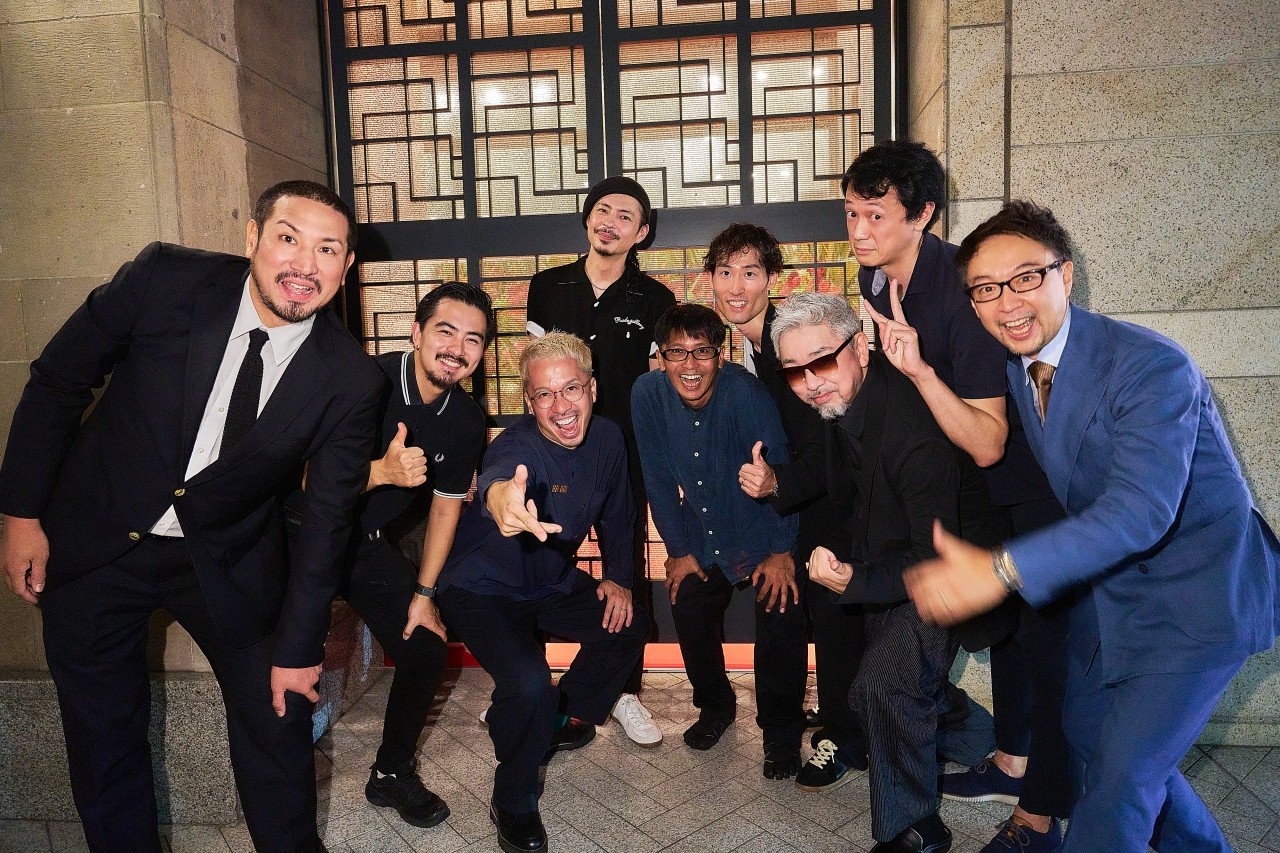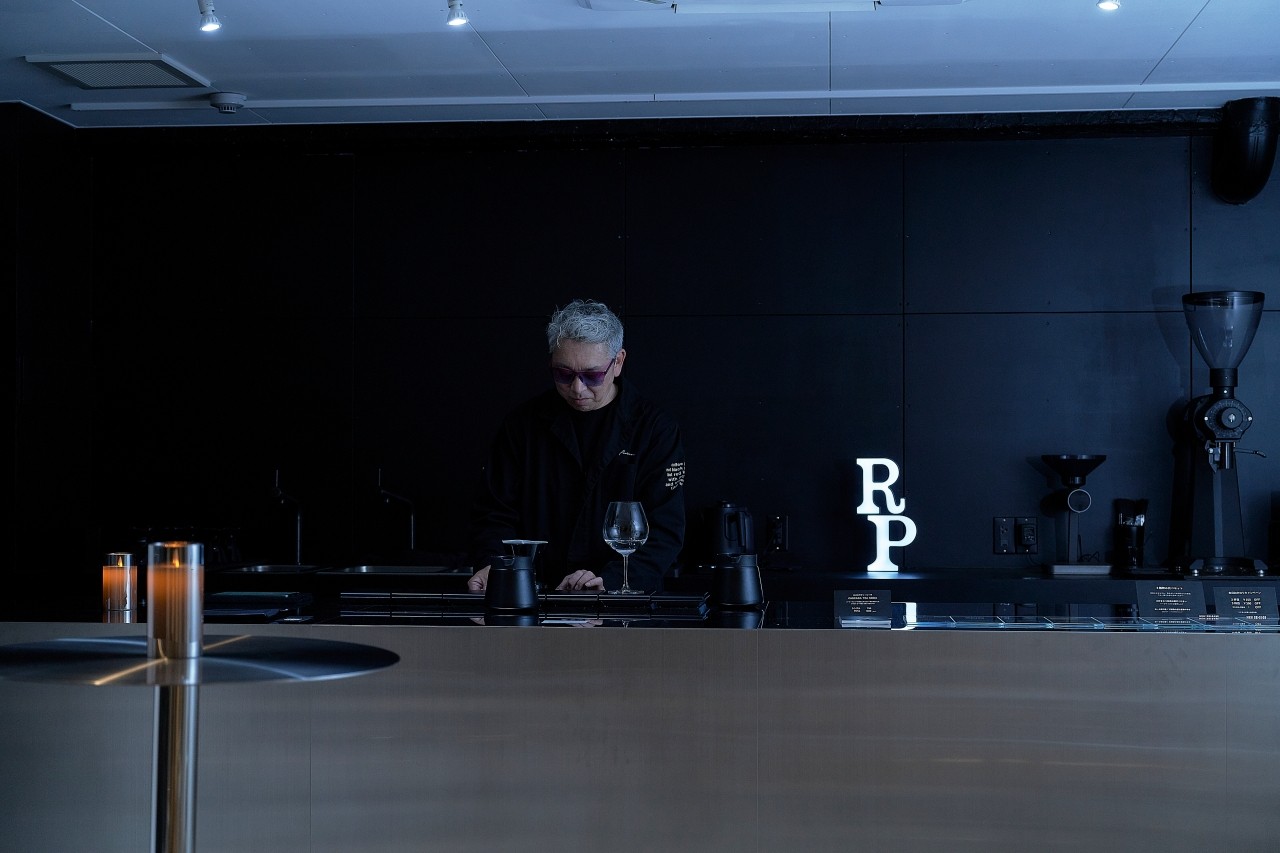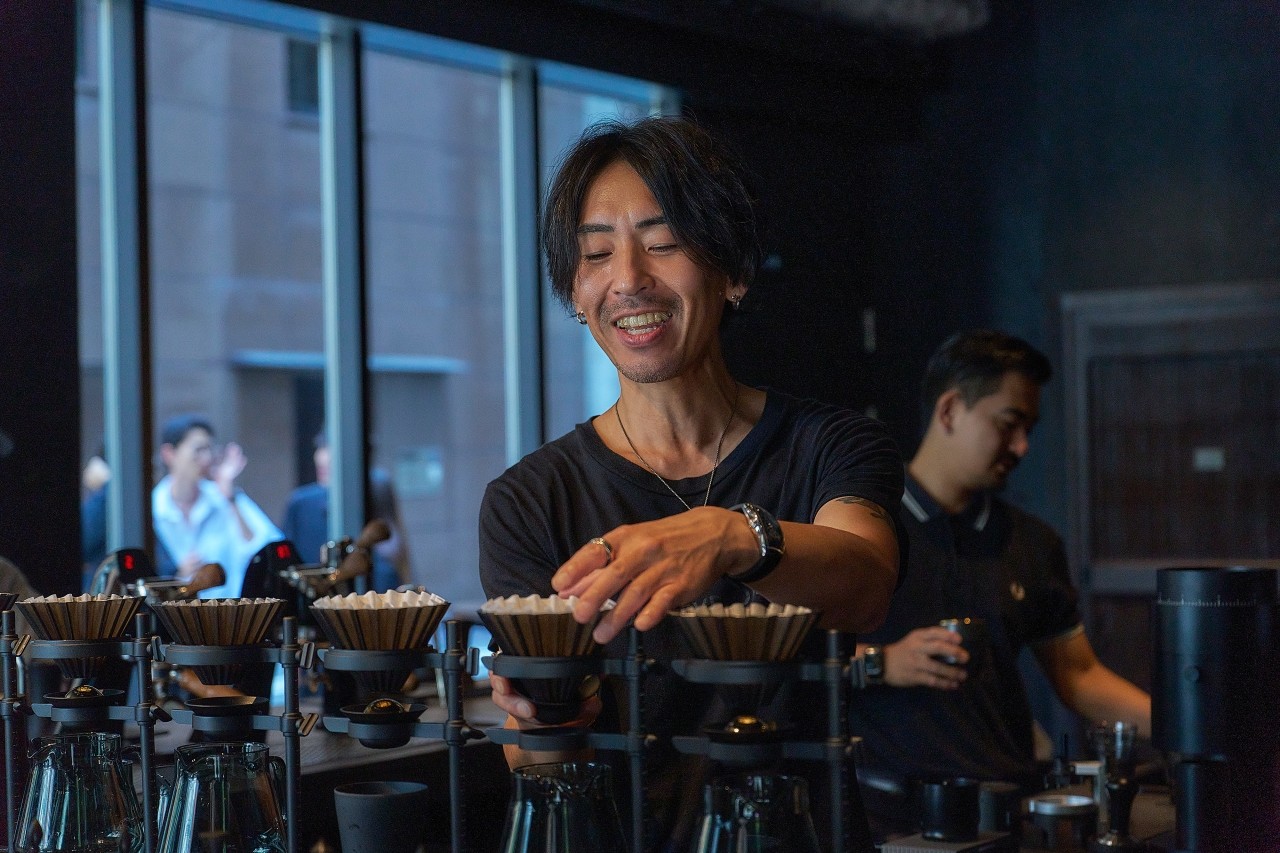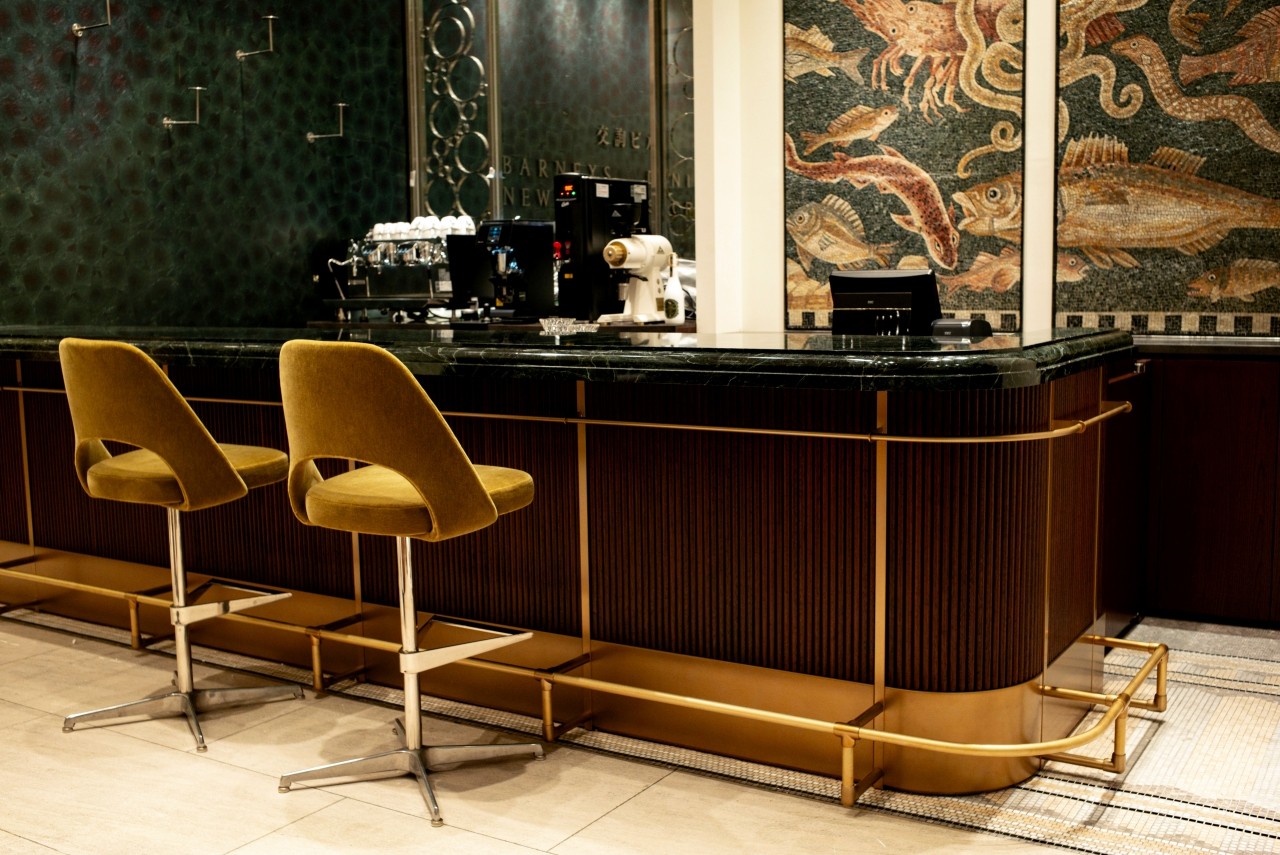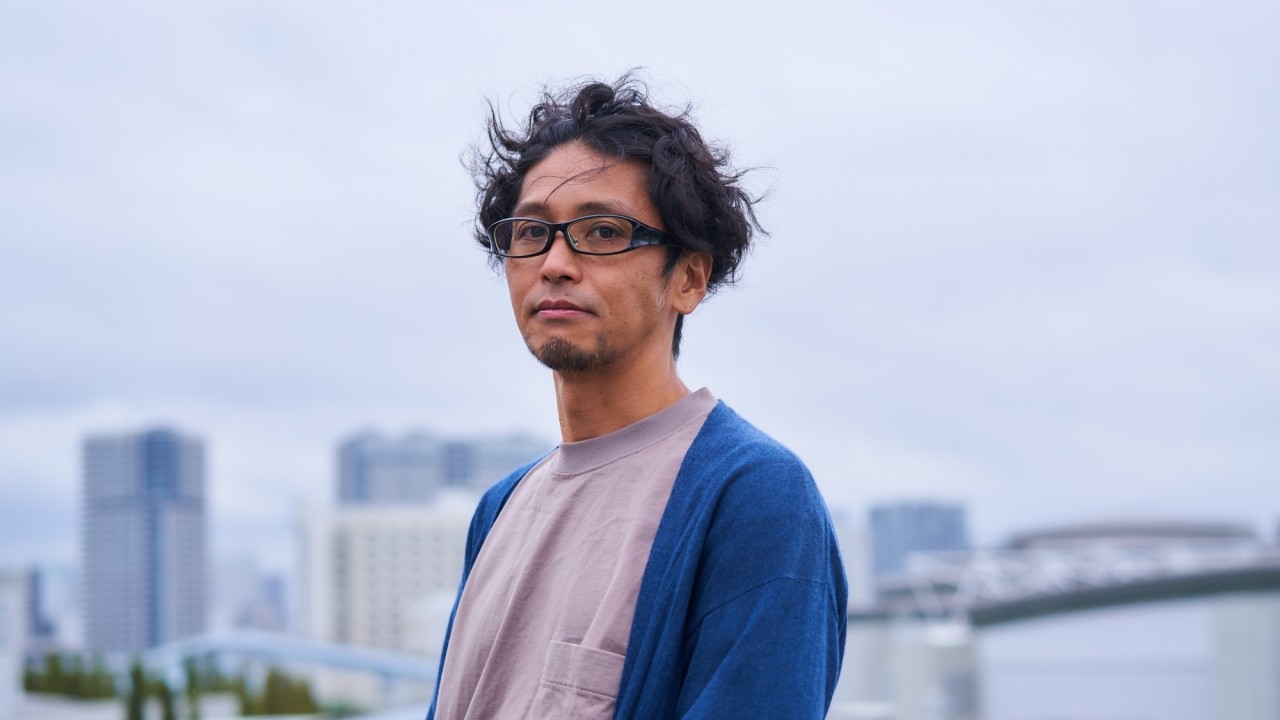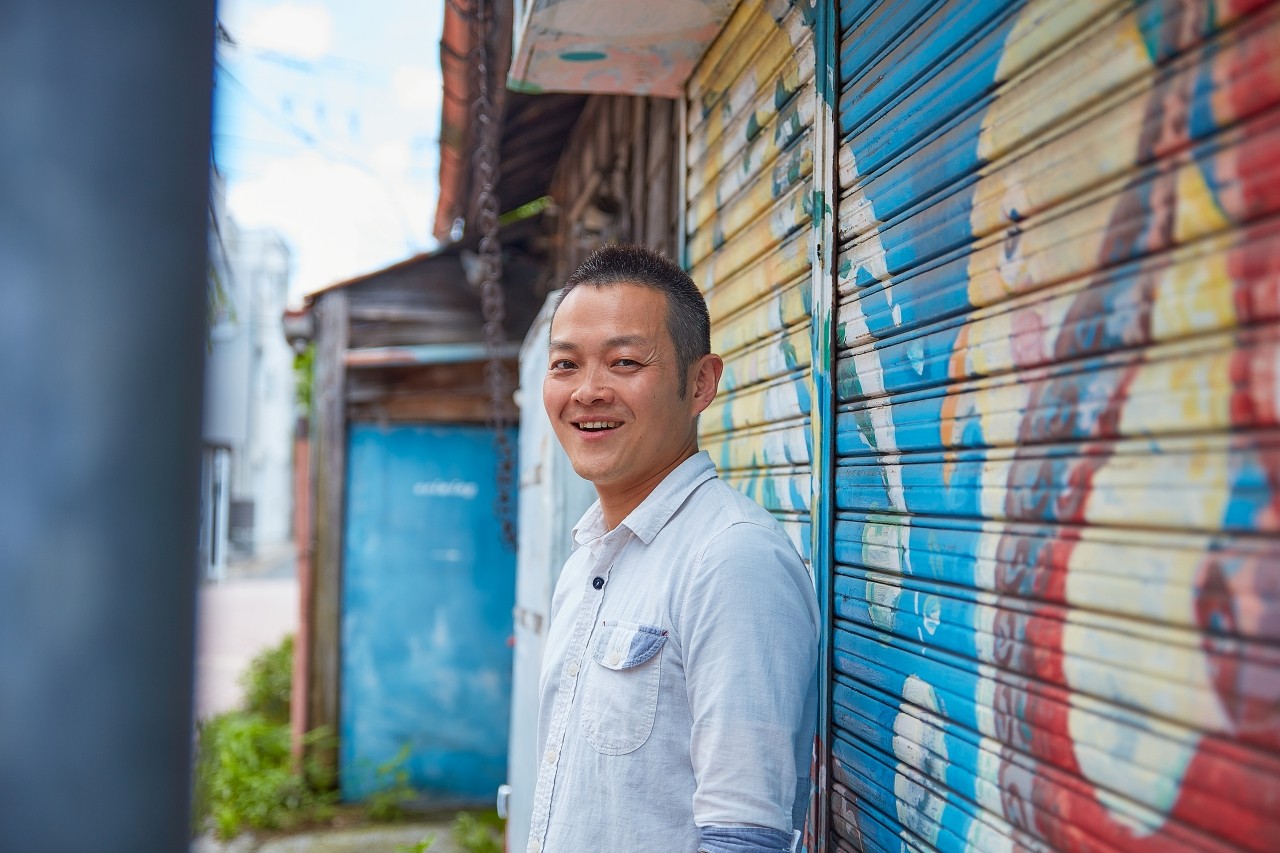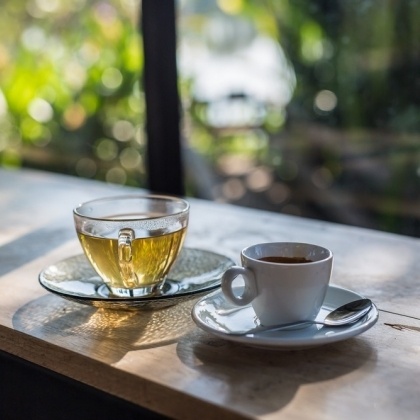history of espresso
Espresso is essential for making espresso drinks such as lattes.
It has a different charm than hand drip coffee.
In Italy, coffee means espresso. I drink espresso before I go to work. It is a drink that has become so commonplace in culture.
Coffee, which originated in Africa, was introduced to Europe via the Islamic world and became widely consumed as a beverage in the 17th century, but espresso actually began to be drunk in the early 20th century. This is a relatively new way to drink it.
In this article, we would like to take a look at the birth of espresso.
In Italy, coffee means espresso. I drink espresso before I go to work. It is a drink that has become so commonplace in culture.
Coffee, which originated in Africa, was introduced to Europe via the Islamic world and became widely consumed as a beverage in the 17th century, but espresso actually began to be drunk in the early 20th century. This is a relatively new way to drink it.
In this article, we would like to take a look at the birth of espresso.
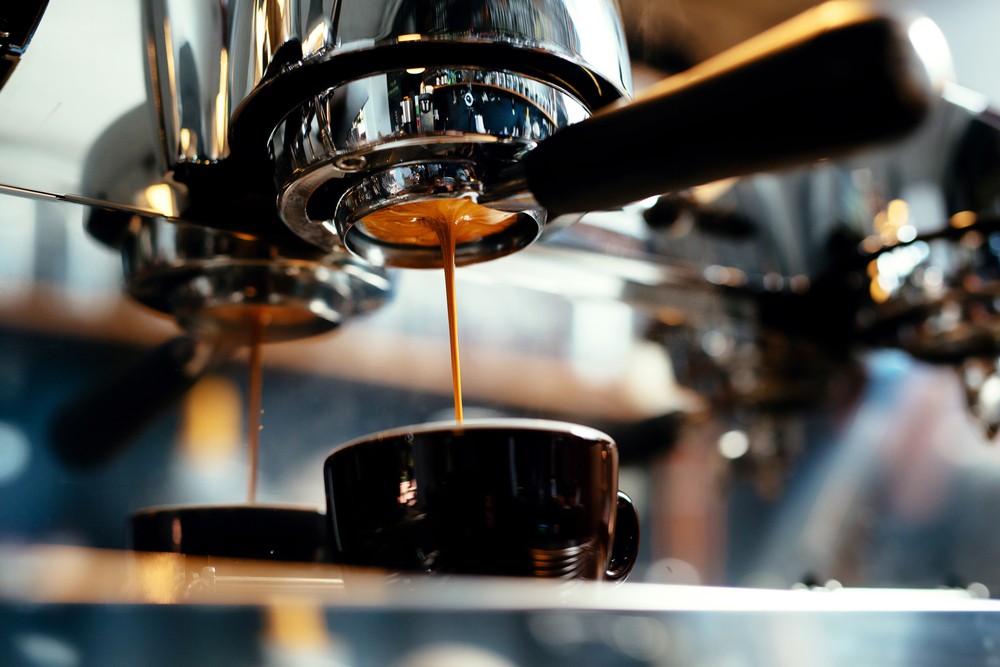
Origin of espresso: demitasse cup
In 1806, Napoleon issued the Continental Blockade as a countermeasure against his enemy, Britain, which led to the birth of the Demitasse Cup.
As a result, coffee beans, which were imported from the colonies, could no longer be imported, leading to a shortage of coffee beans throughout continental Europe.
Cafe owners were suffering from this coffee shortage and tried to find a way out of this situation. A cafe owner in Rome came up with a solution to the coffee shortage by reducing the amount of coffee served by two-thirds and lowering the price. This was accepted by many people.
As a result, the style of enjoying coffee in a smaller cup gradually spread and became accepted, and became established as a new way of drinking coffee.
This is thought to be the origin of the demitasse style, and the word "demitasse cup" was coined from the French words "demi" meaning "half" and "tasse" meaning "cup". It is said.
As a result, coffee beans, which were imported from the colonies, could no longer be imported, leading to a shortage of coffee beans throughout continental Europe.
Cafe owners were suffering from this coffee shortage and tried to find a way out of this situation. A cafe owner in Rome came up with a solution to the coffee shortage by reducing the amount of coffee served by two-thirds and lowering the price. This was accepted by many people.
As a result, the style of enjoying coffee in a smaller cup gradually spread and became accepted, and became established as a new way of drinking coffee.
This is thought to be the origin of the demitasse style, and the word "demitasse cup" was coined from the French words "demi" meaning "half" and "tasse" meaning "cup". It is said.
Birth of the espresso machine
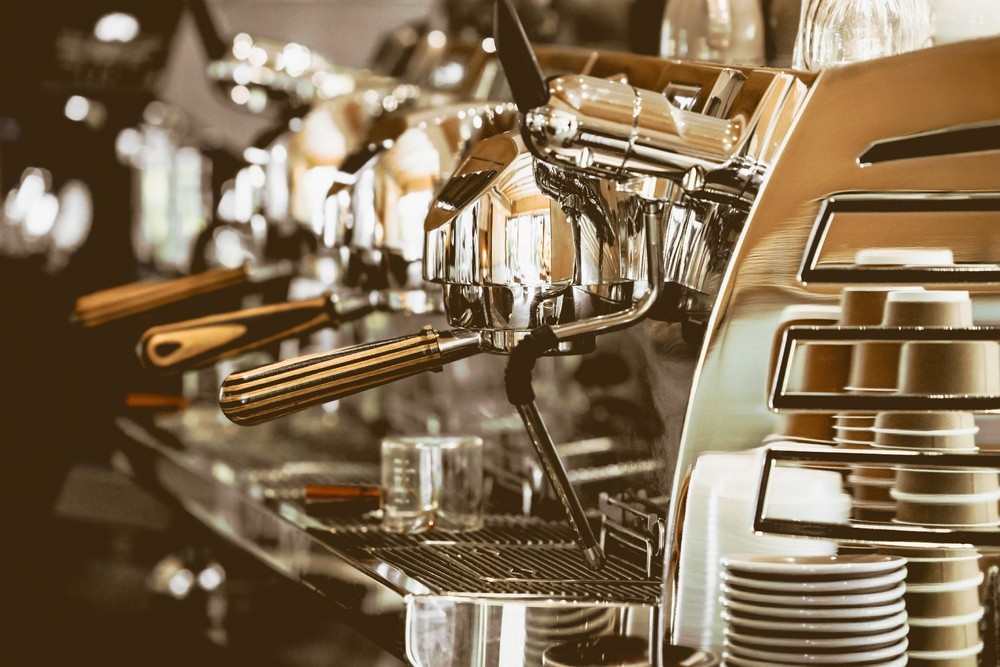
The idea of using steam pressure to extract coffee has been around since the 1800s. An espresso machine similar to today's version was developed in 1901, a century after the creation of the demitasse cup. Its origins lie in the espresso machine developed by Luigi Bezerra, the founder of Bezerra, who sought to improve extraction speed (based on the one devised and published by Turin inventor Angelo Moriondo in 1884). .
Desiderio Pavoni bought the patent for this espresso machine in 1903.
Pavoni introduced an espresso method at the Milan Exposition in 1906, which uses steam pressure to brew rich coffee, unlike the drip or siphon methods.
These machines made the individual cup-to-order style widely accepted in Italy.
Later, in 1933, Francesco Illy, the founder of Italian coffee bean manufacturer Illy, which is well known in Japan, succeeded in developing the semi-automatic machine that is now the mainstream of espresso machines.
Desiderio Pavoni bought the patent for this espresso machine in 1903.
Pavoni introduced an espresso method at the Milan Exposition in 1906, which uses steam pressure to brew rich coffee, unlike the drip or siphon methods.
These machines made the individual cup-to-order style widely accepted in Italy.
Later, in 1933, Francesco Illy, the founder of Italian coffee bean manufacturer Illy, which is well known in Japan, succeeded in developing the semi-automatic machine that is now the mainstream of espresso machines.
In 1948, the ``piston lever type'' espresso machine was introduced by Gazia. This made it possible to pressurize to about 9 atmospheres, creating a "crema" film of small bubbles on the surface. At this point, it became possible to extract espresso in the form we drink today.
Then, in 1961, an electric pump espresso machine appeared from Faema, which is now the standard.
As machines improved, espresso spread all over the world, and it rapidly became popular in Japan in the 1990s when a chain of Seattle-style coffee shops opened. Espresso quickly became a popular coffee drink.
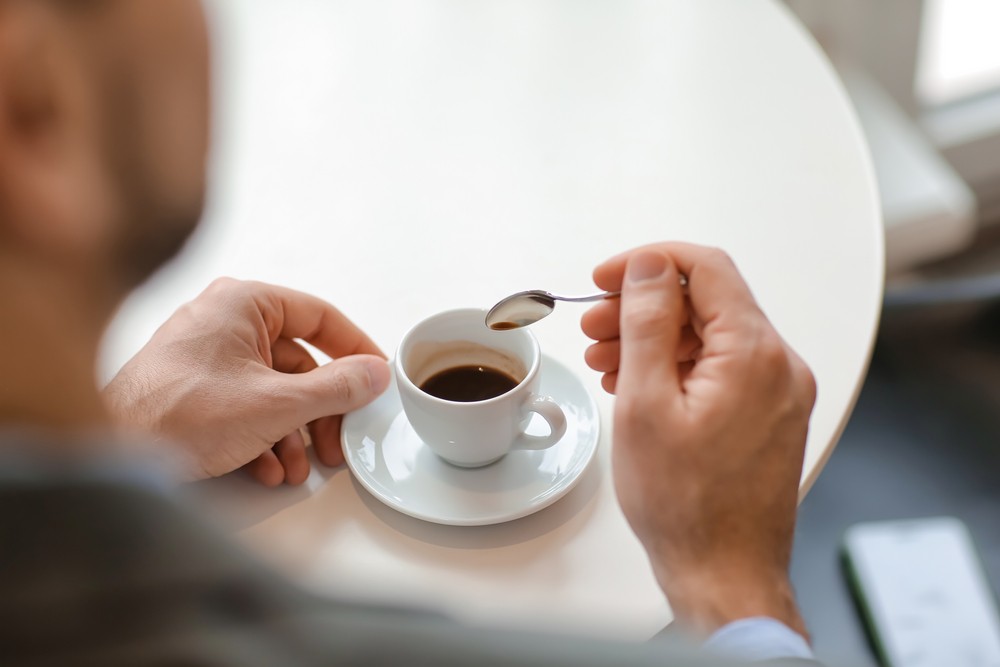
Origin and definition of the name espresso
The word espresso has several meanings: to squeeze something out, to do something for someone, and in railroad terms, to express. These meanings can be said to be perfect for the espresso extraction method, which allows you to quickly brew coffee.
There seems to be no definitive theory about the etymology, but it is generally said that the word espresso came to be associated with express and high speed.
However, in Italy and other places, cafes usually mean espresso, and they don't seem to go out of their way to say espresso.
By the way, Achille Gazia, who invented the piston-lever espresso machine, established the basic settings for making espresso.
Filter basket for 2 cups, holds 14g of coffee grounds (7g per cup) and extracts 14g.
The water temperature is 88 to 96 degrees, the extraction time is 20 to 30 seconds, and the pressure is 9 atmospheres.
Nowadays, the amount of powder has increased, but the basic settings have not changed, and this is the basis of how to brew espresso.
Espresso is a drink we take for granted these days.
If you drink with this historical background in mind, you may be able to enjoy it in a completely different way.
If you drink with this historical background in mind, you may be able to enjoy it in a completely different way.
2024.1.9
CROWD ROASTER
If you want to enjoy coffee more deeply
" CROWD ROASTER APP"
Manabu at CROWD ROASTER LOUNGE
・Push notifications for article updates・Full of original articles exclusive to CROWD ROASTER
・Direct links to detailed information about green beans and roasters
App-only features
- Choose green beans and roasters to create and participate in roasting events・CROWD ROASTER SHOP: Everything from beans to equipment is readily available
・GPS-linked coffee map function


